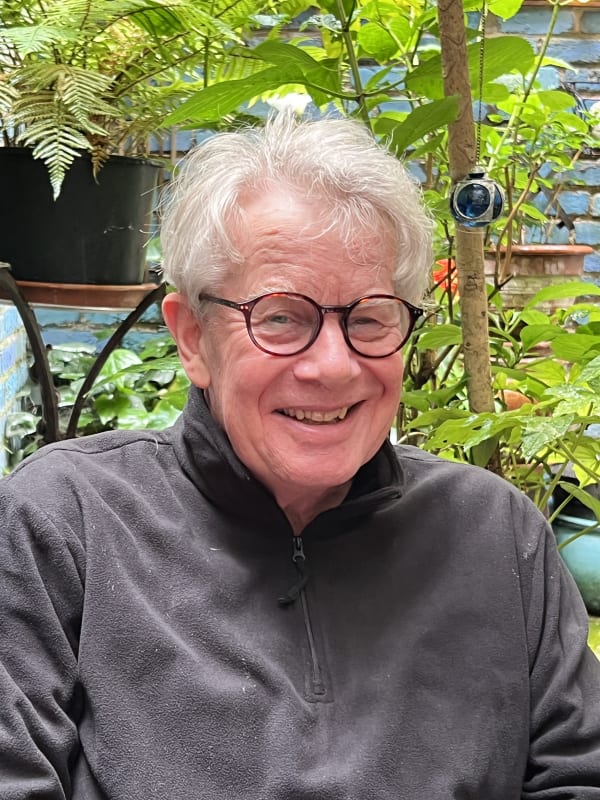"Colour is the most important element in my work and my current use of it stems from my earliest studies at art school".
Investigating the physical or perceptual relationships between differing elements, Ryder’s work often references the body or the natural world, incorporating heat dissipating devices, insulated electrical circuits, or the physical expression of balance and weight. His early work was kinetic, beginning with an interest in the movement of the sun, air and reflected colour. Later he experimented with miniature electric motors, LED lights, solid-state electronics, programmable microcontrollers and individually magnetised semi-mobile elements which were incorporated into suspended kinetic arrays. More recent work is concerned with space and depth differentiation and twilight colour perception, specifically an exploration of the Purkinje Shift, a colour perception anomaly that occurs at dusk. These new large-scale wall-mounted works integrate depth and space with differential illumination using three-dimensional LED light arrays that project large visual events onto the surrounding supporting walls.
Reduced to essential form and function, Ryder’s work communicates directly and intuitively with the viewer, often invoking the seasons; from the amber tones of Autumn to the crips blues of Winter, the fresh notes of Spring or the warm chromatics of high Summer. Ryder describes these objects as conceptual muscles. Almost machine-like, each piece is a nexus of constrained phenomena anchored by colour, light and movement.
Andrew Ryder's work has featured in many exhibitions and art fairs in the UK, USA, Far East and South East Asia, and is held in private collections internationally.
